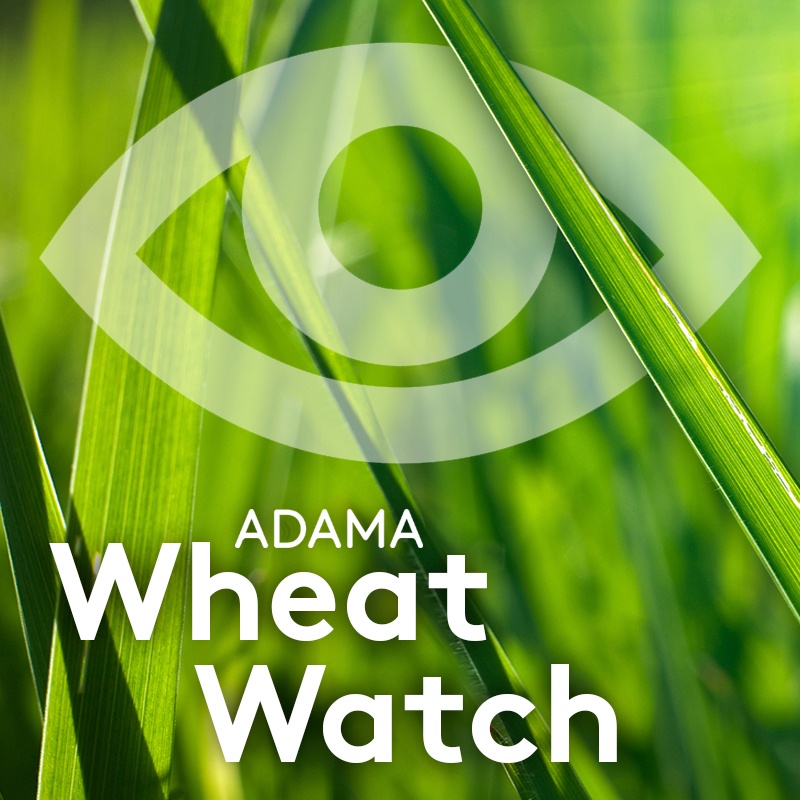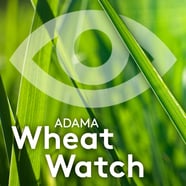2017 - WHEAT-WATCH: Whats happening in your region? 10/03/17

Following a favourable autumn and kind winter, wheat crops across the UK are looking vigorous and advanced going into the spring. Early drilled crops are already showing signs of Septoria, with the disease progressing beyond the lower leaves. Later drilled crops are also infected, albeit to a lesser extent and with infections predominantly confined to the base of plants.
For the vast majority of crops, a T0 application will be needed when crops reach GS 30.
 Northern England and Scotland
Northern England and Scotland
Wheat crops are looking good across the region and have come through the winter looking thick and advanced.
Septoria is present on the oldest leaves of most crops and is clearly evident on the newer leaves of many September-drilled crops.
Due to weather window constraints and a reduced blackgrass burden in the North, a large proportion of the region’s wheat crop was drilled before the third week in September: growers need to be aware that these crops are more at risk to Septoria than crops which were drilled later.
Mildew is widely reported across the North, and yellow rust is evident in some varieties albeit at low levels currently.
Eastern Counties
Wheat crops are generally looking good throughout the Eastern Counties, even where drilling was delayed due to the need to manage excessive blackgrass populations. Some areas, particularly Essex and Kent, suffered from dryer conditions early on, so crops in these areas probably are not as forward as those elsewhere.
Many crops have relatively high levels of Septoria showing at the base of plants, but, to date, disease pressure from mildew and rust remains low.
Mid / Southern Counties
Crops are generally looking strong and healthy throughout the Midlands (certainly in the East Midlands) with Septoria currently only present on lower leaves. There are some reports of mildew and rust, but in general, crops are looking healthy and vigorous.
Wales, the West Midlands and the West Country
Growers and agronomists throughout the West are generally happy with how autumn sown wheat crops have fared. On the whole, drilling went well and produced well-established crops with no significant problems reported over the winter.
Recent reports suggest that Septoria levels coming out of the winter are as to be expected: i.e. most crops have lesions at the base so the inoculum is there but not yet progressing. There are no specific concerns over yellow rust or mildew levels at present.
T0 Recommendations
T0 applications, which can provide effective early season protection against Septoria, should therefore be considered: incorporating a multi-site fungicide such as folpet will provide good protection as well as reducing pressure on azole and SDHI chemistries.
Which multi-site?
Folpet is the multi-site choice when it comes to protecting crops against Septoria: not only does folpet deliver good efficacy against Septoria, it also has the added benefit of providing activity against rust.
 United Kingdom
United Kingdom Select country
Select country




